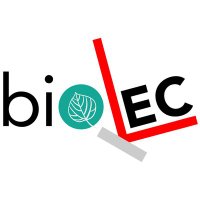
BioLEC EFRC
@BioLECEFRC
The Bioinspired Light Escalated Chemistry (BioLEC) Energy Frontier Research Center (EFRC)
ID:1050388179814109185
http://chemlabs.princeton.edu/biolec 11-10-2018 14:10:32
79 Tweets
232 Followers
72 Following

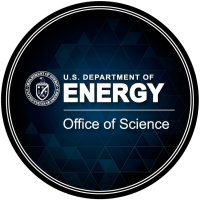
Think like a plant! That's what researchers Princeton University did when they developed a catalyst that makes chemical reactions productive for longer. Based on how photosynthesis works, they slowed down a step in a chemical process to get more out of it: chemistry.princeton.edu/news/scholeskn…
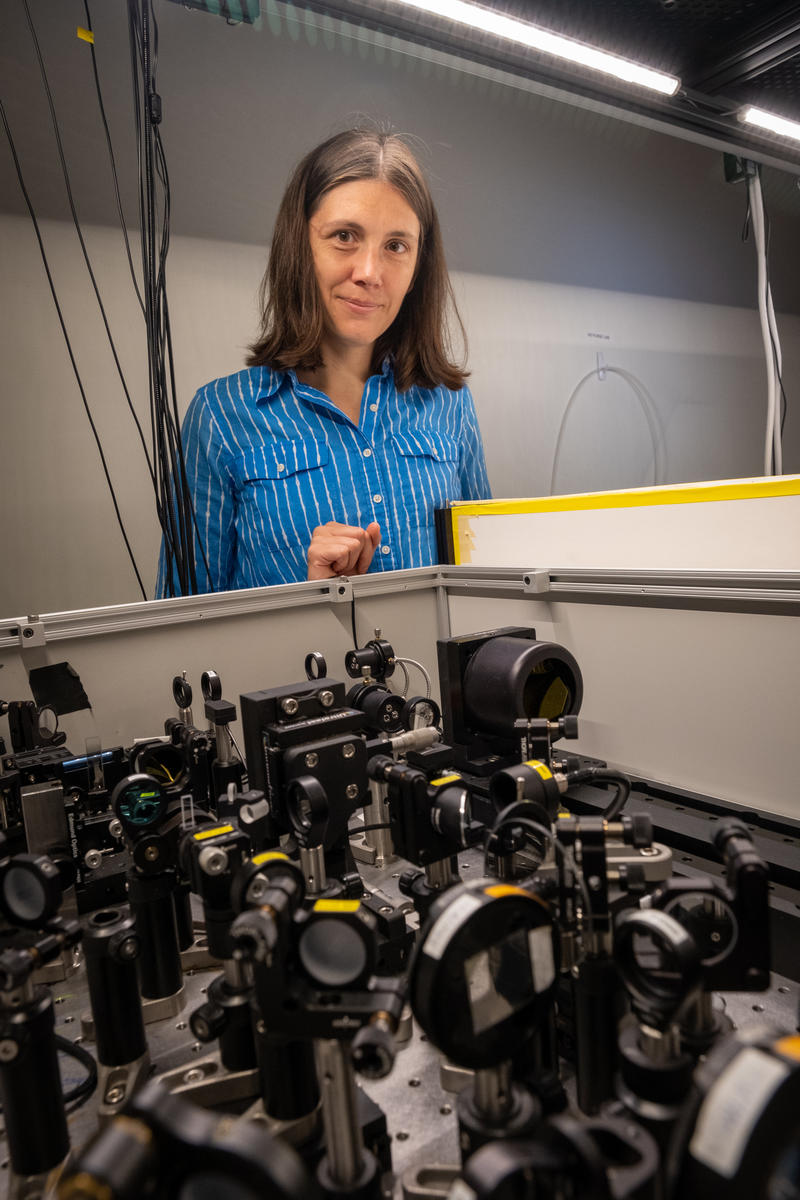

Congratulations to BioLEC EFRC's Gabriela Schlau-Cohen, Prof. Abigail Doyle, and @todd_hyster, who have all won 2022 ACS National Awards! cen.acs.org/people/awards/…


The MacMillan Group published today in 'Nature Chemistry' on the photoredox-catalyzed site-selective functionalization of tyrosine residues, in collab with the Scholes Lab and @BMSNews. Congrats Beryl, Daniel, Steven, Daniel, Greg, Dave, and all: go.nature.com/3hctckV
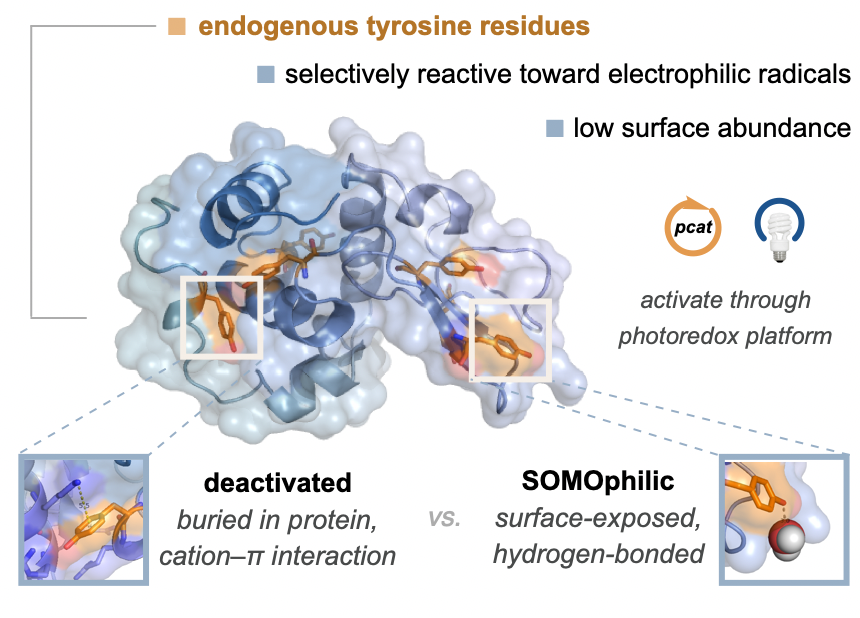
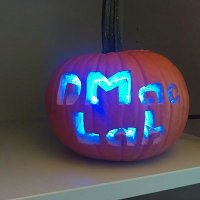
Our latest work in J. Am. Chem. Soc. uses pulse radiolysis to directly generate & probe Ni(I) intermediates commonly invoked in cross-coupling, as part of a great collaboration with Matt Bird Matt Bird & coworkers at Brookhaven Lab through BioLEC EFRC. pubs.acs.org/doi/10.1021/ja….

We are looking for a postdoctoral research associate with expertise in synthetic photochemistry and an interest in mechanistic studies to join the BioLEC EFRC team at Brookhaven Lab.
jobs.bnl.gov/job/upton/post…
biolec.princeton.edu

Glad to be part of this work. New perspective from BioLEC EFRC:
Solar fuels and feedstocks: the quest for renewable black gold
pubs.rsc.org/en/content/art…

New perspective from BioLEC EFRC ! with Dr. Dani Arias-Rotondo Minjung Son and led by the twitterless Hannah Sayre. Solar Fuels and Feedstocks: The Quest for Renewable Black Gold - now published in Energy & Environmental Science pubs.rsc.org/en/content/art… DOE Office of Science @EES_journal

What is the role for quantum vibrations in the transfer of electrons for solar energy conversion? Check out research by Princeton Prof Greg Scholes and his team in Nature Chemistry BioLEC EFRC vimeo.com/489109930

Just out in J. Am. Chem. Soc., research from BioLEC EFRC showing that direct excitation of flavin hydroquinone within “ene”-reductase active sites enables new substrates to participate in photoenzymatic reactions. Congrats Braddock, Phillip, Dan, Yuji, Greg, Todd. #chemistry #phdchat
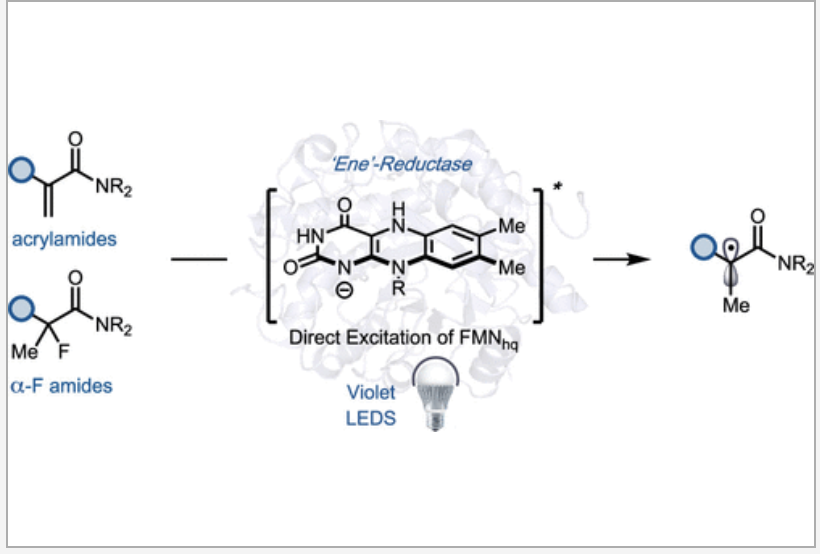

A more environmentally friendly and less wasteful way to produce the polymers that make up plastics is to use UV light. With our support, researchers from NC State University have found ways to use lower energy yellow or green light to make polymer gels news.ncsu.edu/2020/09/photoa…
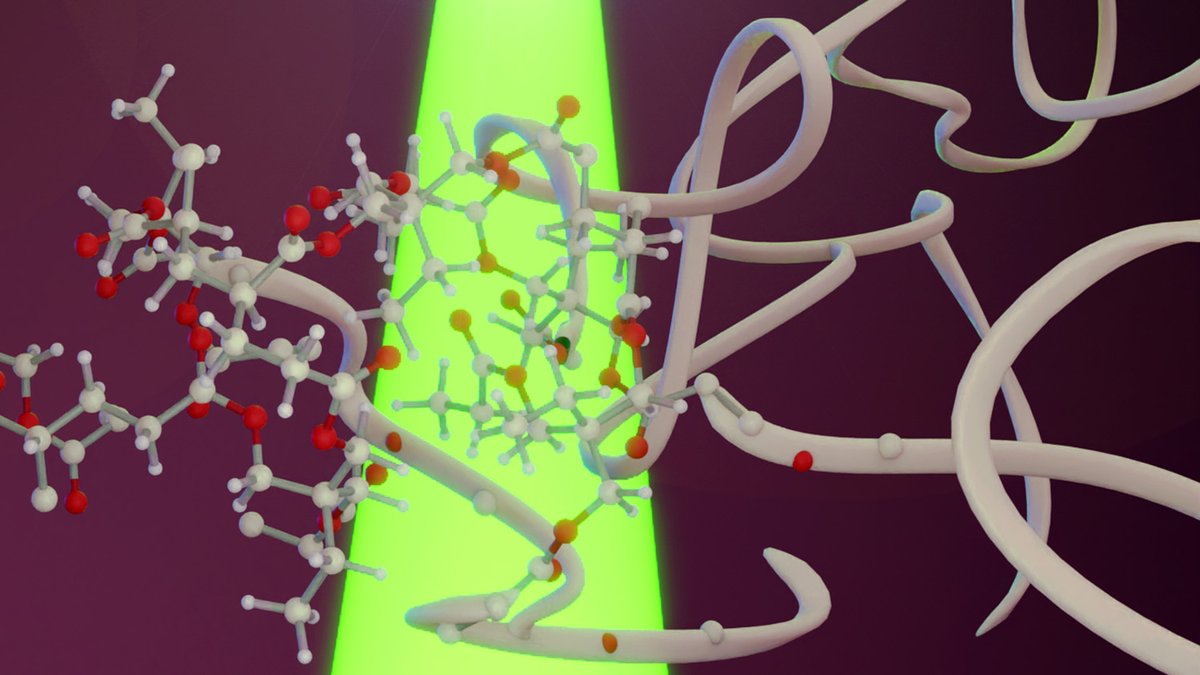

Researchers at Princeton University have yielded a new platform to allow chemists to reinterpret the rules of stereochemistry and stereocontrol, a discovery with important implications for the pharmaceutical and agrochemical industries
chemistry.princeton.edu/news/hyster-an…
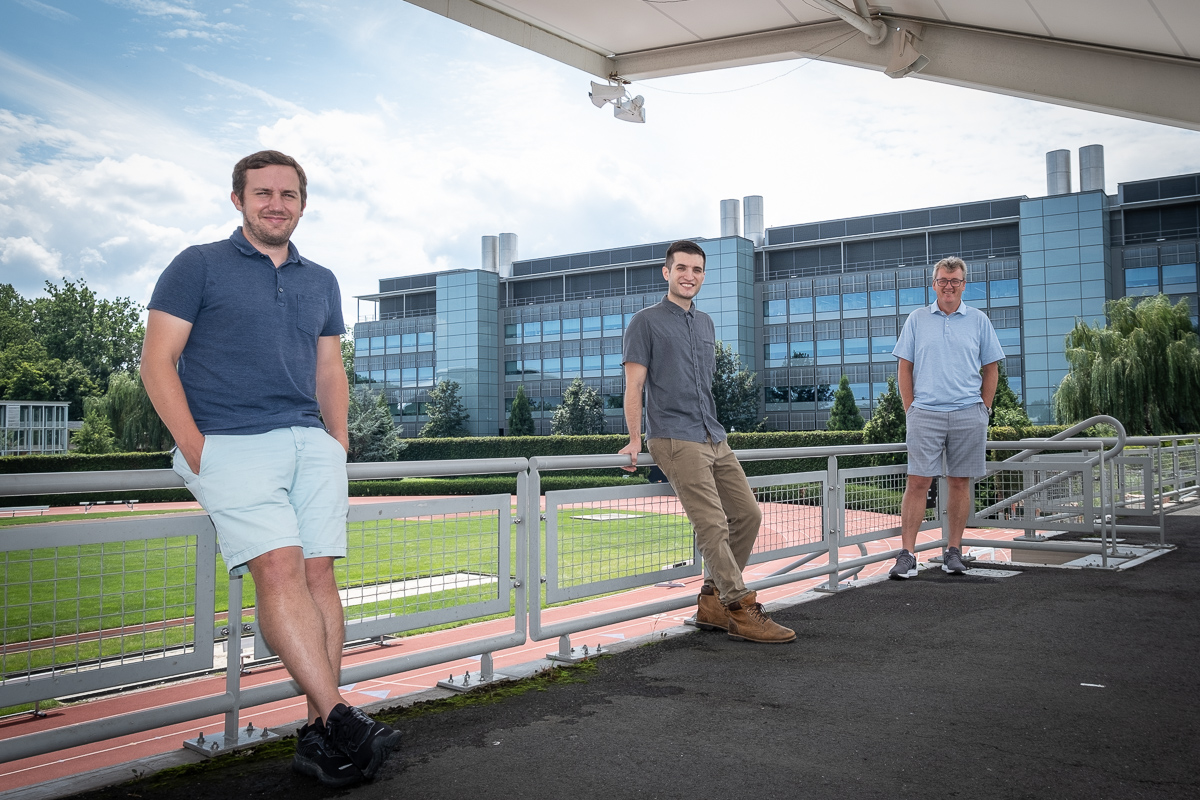

The organisers of this week's #BlackInChem event spoke to Chemistry World about their stories and hopes for the event.
Let's amplfy Black voices and celebrate Black excellence in chemistry. Follow BlackInChem Dr. Dev 👩🏽🔬💙 Ayanna & ☄Ashley🔭Lindalía☄ ⚗️🧪 and get involved

Y’all ready for the flyer for #BlackinChem ?! 👀👀👀👀👀
☄Ashley🔭Lindalía☄ Ayanna sun @blackinthelab Natércia Rodrigues Lopes @hi_d_nq and I are sooooooo excited 🎉🎉🎉
Mark your calendars!
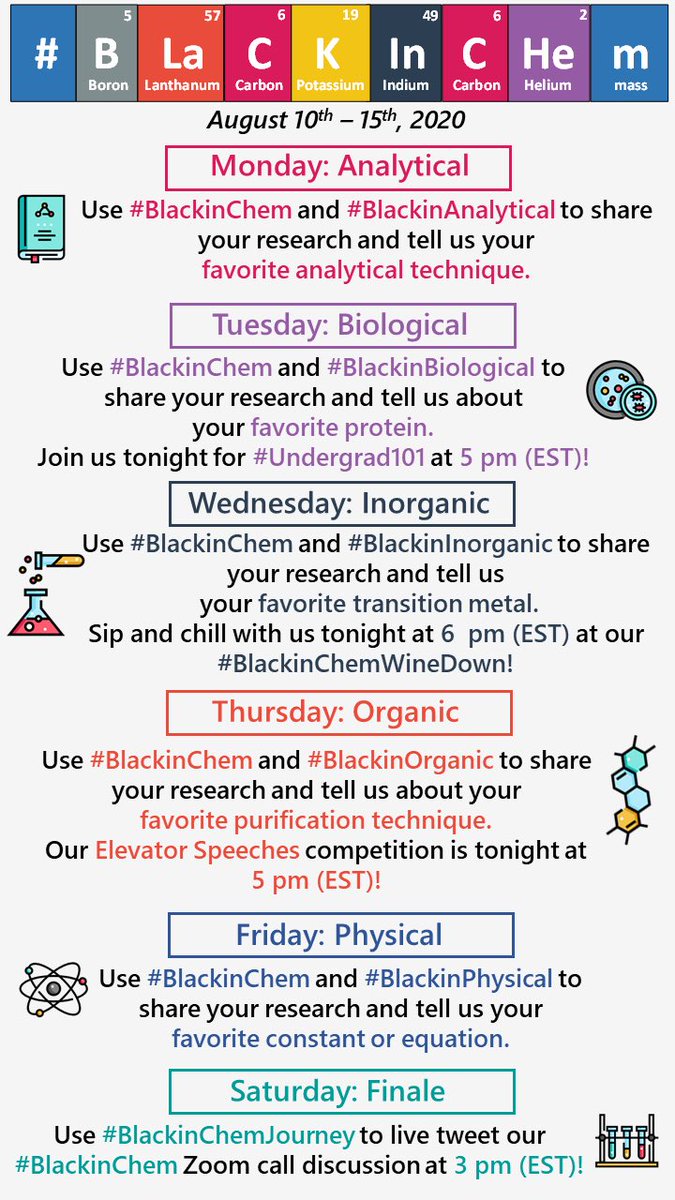

Phil Castellano (The Castellano Group) writes on the progress towards deterministic control of thermally activated delayed photoluminescence - which promises bespoke photosensitizers and light emitters - in the latest #JACSPerspective
acspubs.co/tNMT50AgGJ4
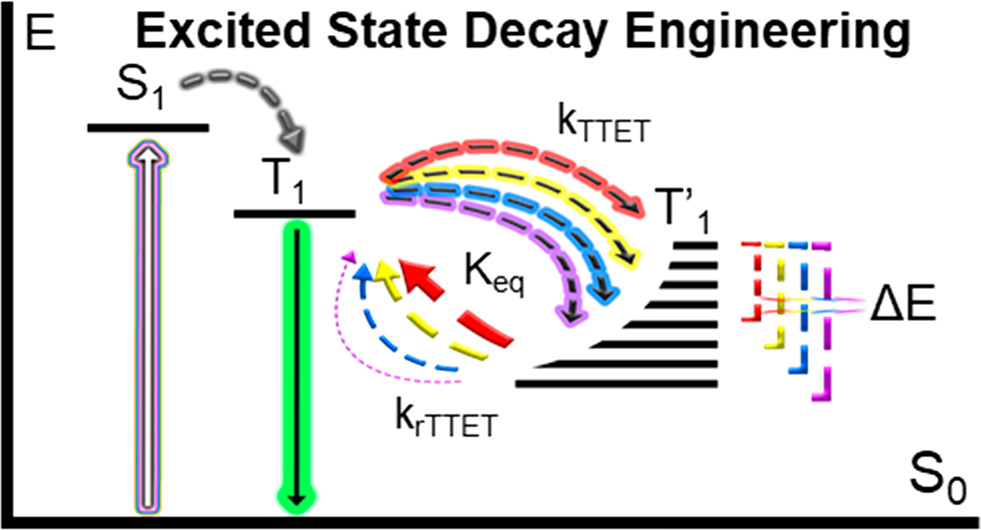

Congrats to Remi Fayad (She/Her) for her first, first-author paper in the The Castellano Group NC State Chemistry with @PhotonComplex done in collaboration with the Reiser group Universität Regensburg. Lara Halaoui NC State ChemistryGSA BioLEC EFRC DOE Office of Science pubs.acs.org/doi/10.1021/ac…

Excitation of Ni-photoredox intermediates generates d-d states that can form Ni(I) via Ni-aryl homolysis. Read more about this work from Princeton Chemistry NC State Chemistry BioLEC EFRC: acspubs.co/k30S30qovQA
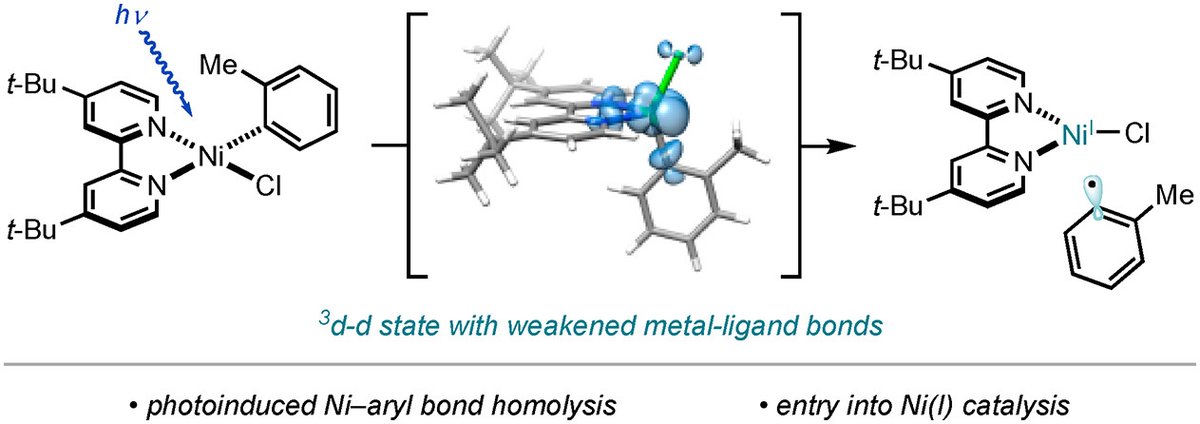

This is a fun project supported by DOE Office of Science BioLEC EFRC and it has been fun working with Abby Doyle and her students and Greg Scholes and his group. #chemtwitter The Castellano Group Sofia Garakyaraghi #photoredox